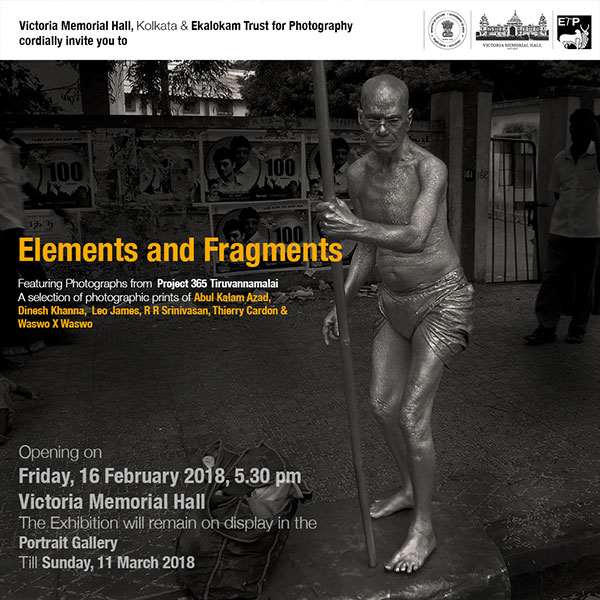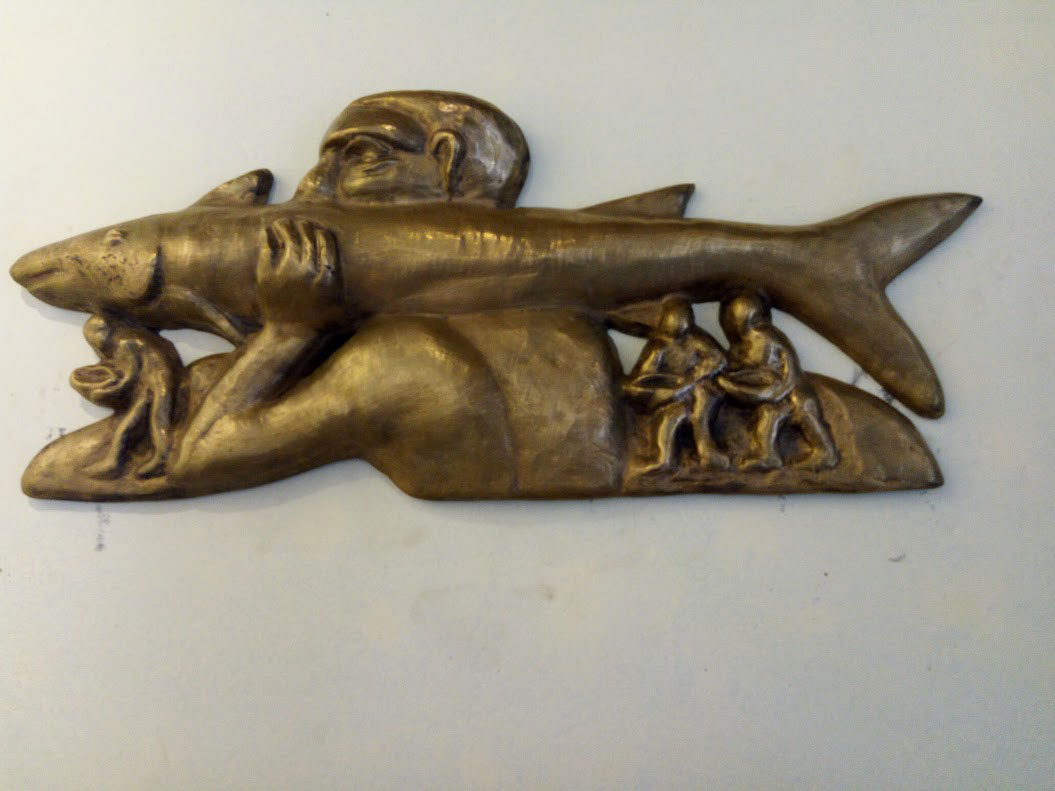Zoom In
Exhibition Review
Photo Mail constructively and critically zooms into the life and work of photographers, their art and techniques, contemporary theory aesthetics, material philosophy and sociology
Here too, it is the women who become the torch-bearers and victims at the same time. It seems the burden on women to appear beautiful is not waning. As we continue to set new criteria for defining beauty and ugliness, if Umberto Eco is true, the exact opposite is also automatically reinventing itself. Hariharan S. ‘Barbecue Republic’, through its improbable distortion of the female body, indirectly unveils the insurmountable summit a woman awaits in our world.
The LGBTQ community has found for itself public spaces in urban regions. We will wait and see what they want to tell the world from that space. After all, solidarity with the cause does not mean solidarity with the acts, and it is time for the community to begin to act convincingly. This exhibition is a good starting point, and further on, there is a desperate need for clarity on the part of the activist-artists.
The selling point of the exhibition as it currently stands is the technique of pinhole photography itself, and the evidence of the technique in these images lies solely in the tonal identity and distortions, most of which in fact can be recreated in a digital environment and by itself are not enough to provide an affirmation of the chemical or physical techniques used. What survives then is only the attestation of the photographer, and in effect, the art object gets its value from this textual affirmation.
Not surprisingly, Indian photographers were greatly impressed by Cartier-Bresson's “popular” style and followed suit, stalking the streets. Like master, like students; and it is only natural for knowledge to be transpired across cultures in this manner. Only that this popular aesthetics of street photography has been considered déclassé in the postmodern context, and the questions around its ethics remain unresolved. Sadly, even now the most celebrated photographs of post-colonial India are street photographs and there is a continuing market for this genre of photographs at the International platforms.
Photographic mapping of Tiruvannamalai has always been a daunting task, due to its complex culture, and previous works done by prominent international photographers like Eliot Elisofon, and Henri Cartier-Bresson after him. The photographs of Ramana and the Annamalaiyar temple, which were published in Life magazine and Magnum, have established them as the most prominent identifiers of the town, making any previous attempts (if any, at all) to create a visual catalogue of a Tiruvannamalai that lay outside these stereotypes, all but indiscernible.

Inasmuch, every photographer that ever visited Tiruvannamalai never took notice about anything other than Ramana and the Annamalaiyar temple – their eyes glossing over everything else and their focus devoted entirely to the two ‘divine’ icons. But, there remains a Tiruvannamalai beyond, which has gone unnoticed and undocumented – invisible to the colonial gaze that is pre-occupied with its exotic fairy tales, and underwhelming for the photojournalist due to its perceived mundane-ness.

PhotoMail takes a look at the re-opening of Draavidia in Fort Cochin, with its decade long history of involvement in the local scenario and URU in Mattancherry which brings with it the success of the KMB in the backdrop of the art history of the region. Includes exclusive interview with the founders of URU and Dravidia and a review of their premiere shows.
Visual art works based on scriptures have for long been illustrative. Michelangelo’s work in Sistine Chapel and the Indian miniature painters are examples of this tradition. Black Mother I & II by contrast represents the contemporary society and its females, just as the characters in Silappathikaram is bound to have been derived from the immediate society of that age.